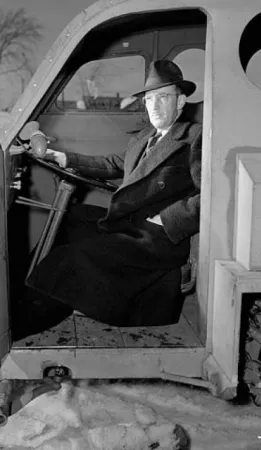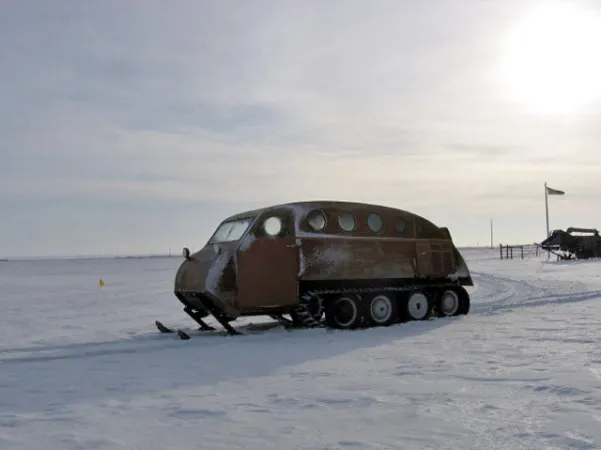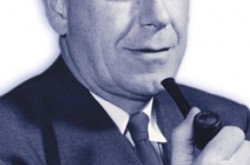J. Armand Bombardier
This article was originally written and submitted as part of a Canada 150 Project, the Innovation Storybook, to crowdsource stories of Canadian innovation with partners across Canada. The content has since been migrated to Ingenium’s Channel, a digital hub featuring curated content related to science, technology and innovation.
Patrick Jodoin
Algonquin College Journalism
From a young age, Joseph-Armand Bombardier had an interest in mechanics and wanted to find ways to solve transportation problems caused by harsh Canadian winters. In fact, by the time he was a teenager, Bombardier had already built his first snowmobile.
Bombardier was born in 1907 in rural Quebec. His parents sent him to a seminary to become a priest, but after three years, Bombardier’s preoccupation with engines prevailed and he began studying mechanics. Eventually, he opened his own shop in Valcourt, Quebec, and started patenting his inventions. Bombardier’s creations included a snow removal apparatus, traction devices, tractor units and a machine for limbing trees and cutting logs. At the time, the province did not supply snow ploughing and Bombardier’s inventions revolutionized travel in snow and other difficult conditions.
In 1942 he created l’Auto-Neige Bombardier Limitée, selling snowmobiles which were used as ambulances, to deliver mail, take children to and from school and carry freight. During World War II, he offered his expertise to the Canadian government developing military vehicles. After the war, Bombardier developed all-terrain vehicles for the forestry, mining and oil industries, as well as snow ploughs specifically for use on city sidewalks. These smaller vehicles would eventually become the first Ski-Doo snowmobiles.
When Bombardier died in 1964, he left behind a thriving company that today is a global leader in railway technology and aerospace engineering. Bombardier was inducted into the Canadian Science and Engineering Hall of Fame in 1992.
Transcript
A boyhood fascination with tinkering evolves into a career as innovator and entrepreneur (1920).












![A block of photographs showing some of the people involved in the bombing of beluga whales in the estuary and gulf of the St. Lawrence River. Anon., “La chasse aux marsouins [sic]. » Le Devoir, 15 August 1929, 6.](/sites/default/files/styles/thumbnail_7/public/2024-09/Le%20Devoir%2015%20aout%201929%20page%206.jpg?h=584f1d27&itok=TppdLItg)






